On Bangladesh's isolated "Rohingya island"
-

Far from the mainland: Bhasan Char, which means "floating island" in Bengali, emerged less than 20 years ago in the Bay of Bengal. The island is located 30 kilometres away from mainland Bangladesh. The government of the Muslim-majority country plans to relocate some 100,000 Rohingya refugees to this island from the overcrowded Cox's Bazar -
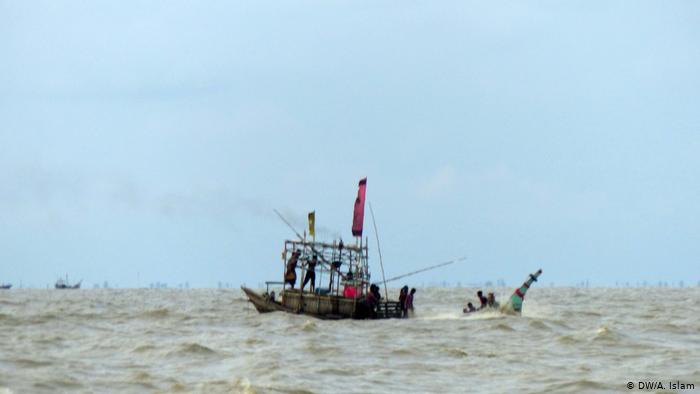
No easy crossing: there is no proper transport to and from the island. During monsoon season the high seas make it difficult to reach the island by boat -
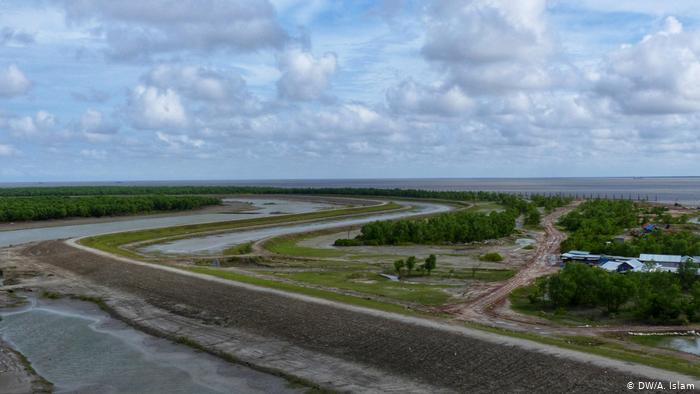
Protected by an embankment: the government has erected a 13-kilometre-long and 3-metre-high embankment to protect the island from high tides and floods. Still, local shopkeepers say that the outer part of the embankment is submerged by 3 to 4 feet during the high tides that occur twice a month -

Identical buildings: the Bangladeshi government has erected 1,440 single-storey buildings, with 16 rooms in each, to house the Rohingya refugees. At least four members of a family have to live in a small room. 120 four-storey shelter houses are also available, to be used during cyclones -
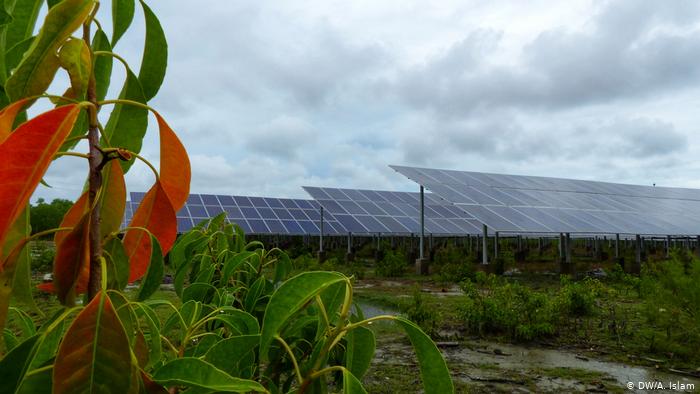
Solar power for energy: all buildings at Bhasan Char are equipped with solar panels to fulfil their energy demands. A big solar field and two diesel generators for electricity have also been installed. The island has a rainwater harvesting system as well as tube wells to provide drinking water -

Protection from erosion: the silt island is called a "floating island" due to its unstable nature. Satellite images detected the island in 2002. Bangladeshi authorities have built a structure with pylons, gravel and sandbags to stop the island from being eroded -
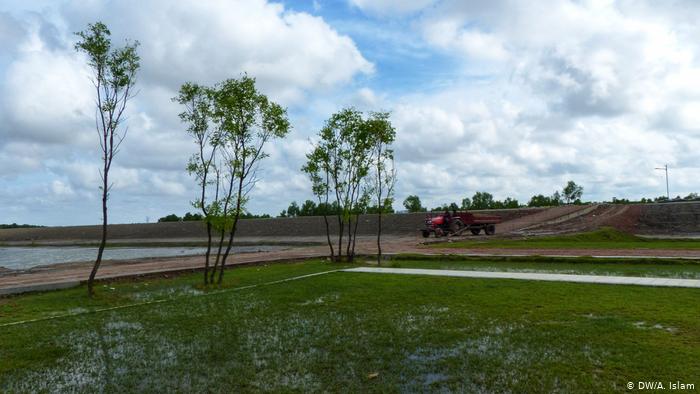
Is the island uninhabitable? While some experts say the island is still very fragile and uninhabitable, climate change specialist Ainun Nishat is of the opinion that people can live here if the embankment is heightened to 6.5 to 7 metres. However, he doesn't think that farming is possible on the island -
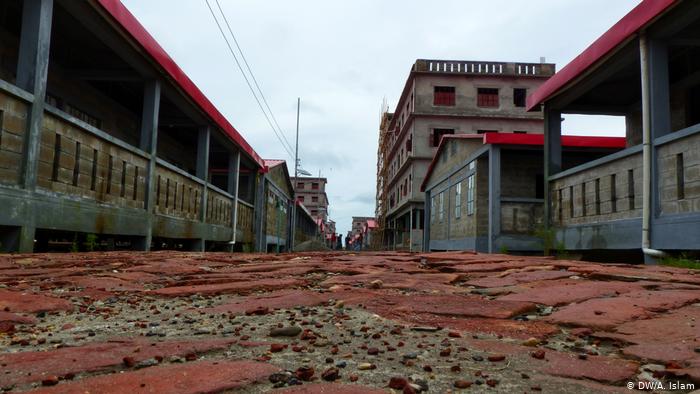
Rohingya fear cyclones and drowning: the refugees are scared that they could die as a result of a cyclone if they are forcibly moved to the island. Many of their children could drown in the sea, they say -

Will Rohingya move there? While the island is almost ready to host Rohingya refugees, the government has yet to make a decision on transferring them to it. Several sources say the relocation could take place in November. The Bangladeshi government has hinted it might have to force the refugees to go there if no one chooses to leave the Cox's Bazar's refugee settlements
https://qantara.de/en/node/15152
Link
To all image galleries